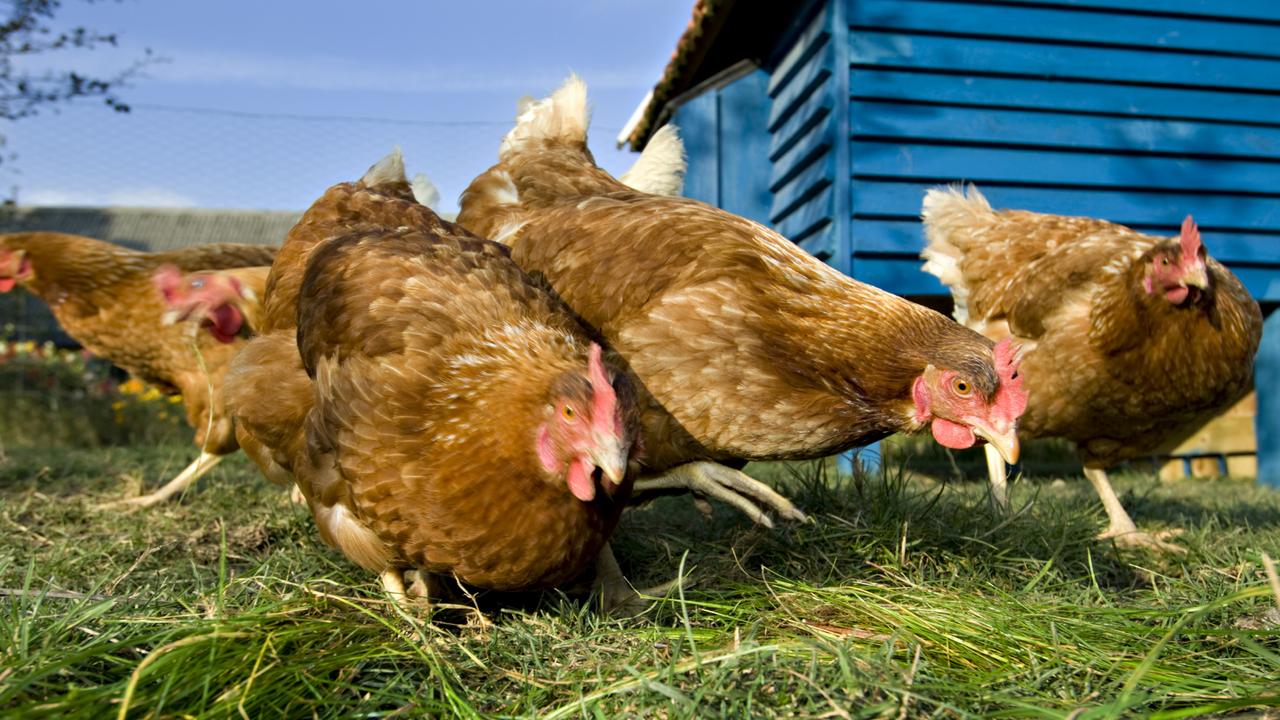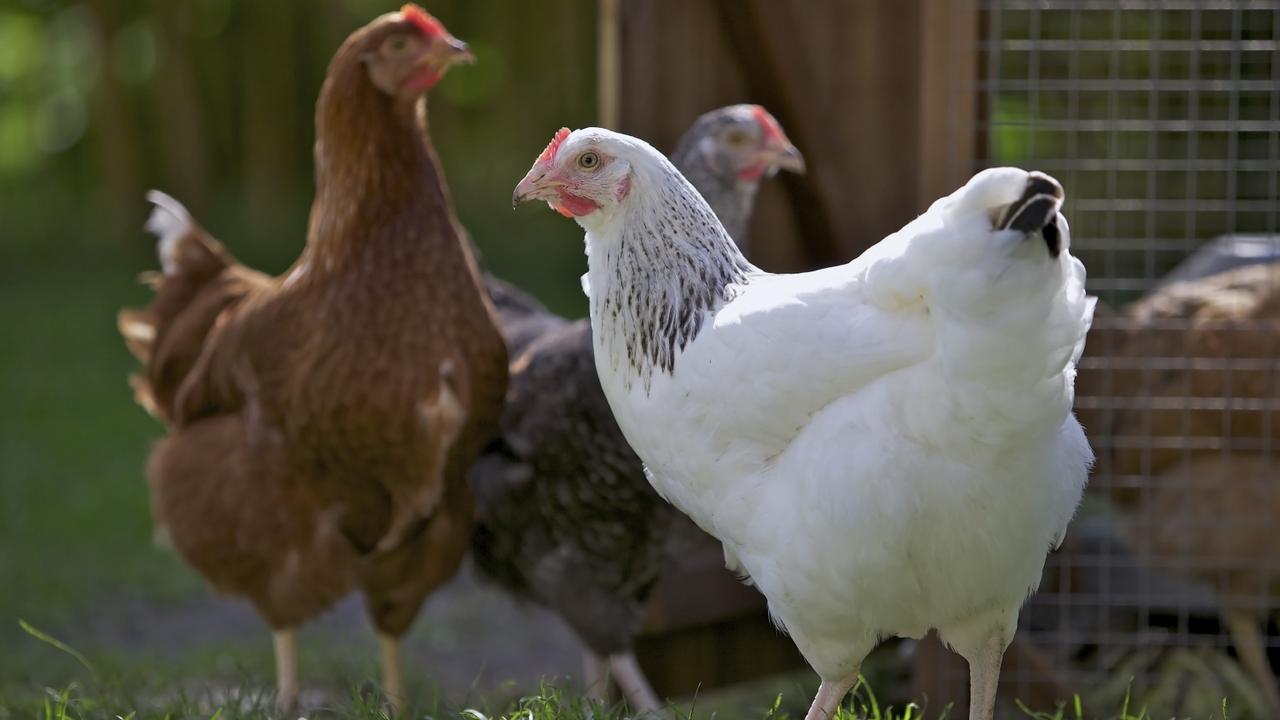Australian child tests positive to H5N1 bird flu, as three farms investigated by authorities
Australia has reported its first case of H5N1 bird flu, as three poultry farms are placed under lockdown.

Three farms have now detected a strain of bird flu in two separate states, as a child was confirmed as the first case of H5N1 bird flu in Australia.
The child had returned from India in March, where he contracted the aviation influenza A infection and fell ill.
Victorian health officials stated that the child “experienced a severe infection” but has since made a full recovery.
It’s understood that contact tracing hasn’t uncovered any further cases of bird flu connected to the child.

Health officials said that while bird flu doesn’t usually infect people, it’s not impossible as “rare cases human infection can occur”.
“There is no evidence of transmission in Victoria and the chance of additional human cases is very low as avian influenza does not easily spread between people,” Victoria’s Department of Health said in a statement.
“Transmission to humans is very rare, with a small number of human cases of H5N1 reported globally, resulting in death in a number of cases.
“This is the first confirmed human case of highly pathogenic avian influenza in Australia, and the first time the H5N1 strain has been detected in a person or animal in Australia.”
Concerning find in Australia
Testing by Agriculture Victoria has revealed a second strain in H7N3 was detected at an second poultry farm in Victoria’s west.
Agriculture Victoria said the second farm at Terang was linked to a property at Meredith where the disease was initially detected.
Hundreds of birds have since been euthanised as Agriculture Victoria continues its investigation.
A 20km buffer has since been put in place around the Meredith farm where the virus was discovered on Wednesday, while the movement of animals, vehicles and poultry products has been restricted in a 15km buffer zone around the Terang property.
“Consumers should not be concerned about eggs and poultry products from the supermarkets, they do not pose a risk and are safe to consume,” Agriculture Victoria said.
The properties were quickly placed into quarantine, with Agriculture Victoria staff investigating further.
It comes as a separate, less dangerous strain of the disease was detected in Western Australia on Thursday.

WA Department of Primary Industries and Regional development acting chief veterinary officer Katie Webb said officers had detected the low pathogenic H9N2 strain.
“Testing at the Australian Centre for Disease Preparedness confirmed this is not the more serious H5 high pathogenicity avian influenza associated with disease and mortality in poultry in other countries, or the H7 high pathogenicity avian influenza that is currently being managed in a Victorian poultry farm,” Ms Webb said.
“The property is currently under a pest control notice to manage the movement of relevant animals and products off the property.
“The detection is an important reminder for owners of poultry including backyard chickens and aviary birds to follow simple biosecurity measures to reduce contact with wild birds and reduce the risk of introduction.”
While the WA and Victorian cases are not linked, poultry keepers are being urged to monitor their birds carefully.
Associate Professor Sanjaya Senanyake from The Australian National University has emphasised the importance of nipping the H7N7 strain in the bud.
“From a human health perspective, it is vital to terminate this H7N7 outbreak as soon as possible, otherwise more infections give the virus more opportunities to mutate,” AP Senanyake said.
“Infection from poultry to farmed pigs is of particular concern, as pigs can act as the perfect mixing pot of human and avian flu viruses, leading to a strain of flu that can then move between humans easily.

“Despite having “Covid fatigue” and not wanting to hear the word “pandemic” again, the next pandemic could be just around the corner, and a strain of bird flu is a likely candidate.”
University of South Australia’s Professor Adrian Esterman has said out of the two reported strains, H5N1 is the more devastating one.
“The H5N1 strain that has been devastating domestic and wild birds around the world,” Professor Esterman said.
“The H5N1 bird flu is highly pathogenic for birds, and for the small number of humans infected, the case fatality rate has been high. It has affected a wider range of bird species than previous outbreaks and has led to significant losses in both wild bird populations and poultry flocks worldwide.”
Symptoms of the H5N1 strain may include fever, headache, coughing, aching muscles and respiratory symptoms.
The infection can progress quickly from mild to severe respiratory illness and neurological changes.
Human infection is spread by close contact with an infected bird such as handling them, touching droppings or bedding, killing/preparing poultry for cooking. Eating fully cooked poultry or eggs does not risk infection.





